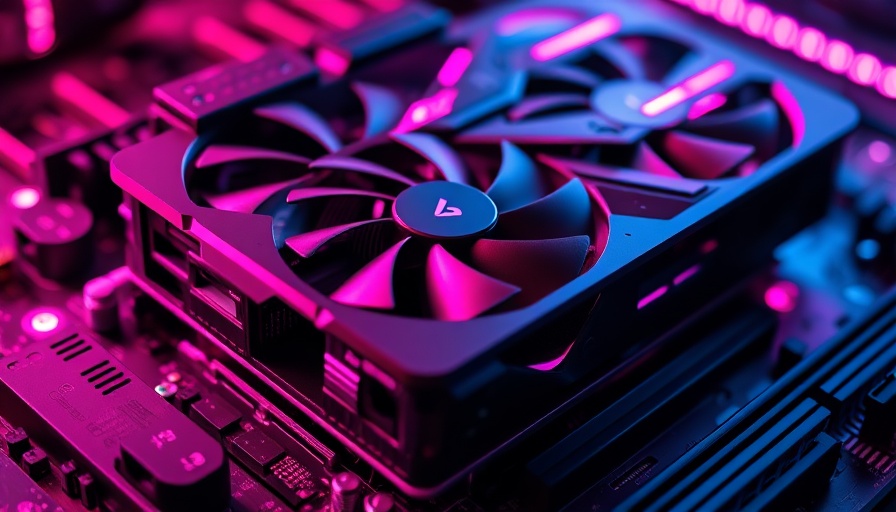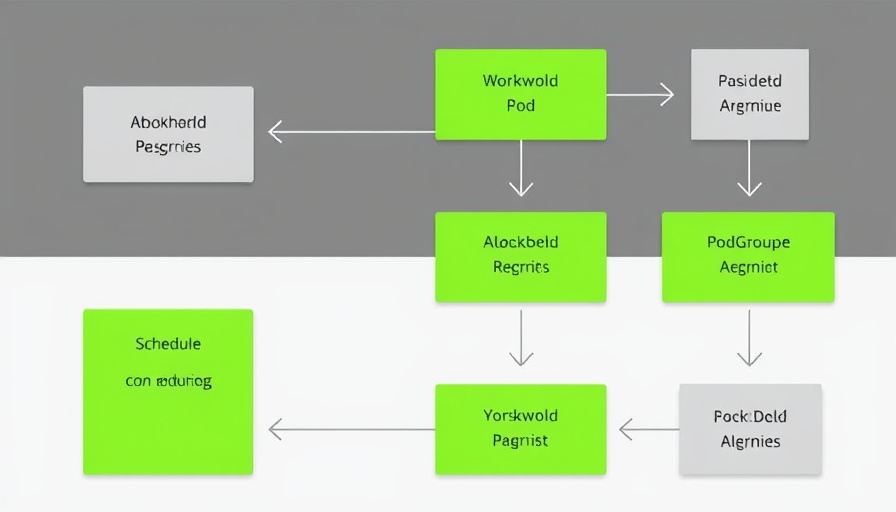
Why NVIDIA Corporation is Poised for Growth in AI
With the rapid advancements in artificial intelligence (AI), NVIDIA Corporation (NVDA) emerges as a front-runner in the tech stock arena. As the backbone for many AI applications and developments, NVIDIA’s graphics processing units (GPUs) are critical for training and running complex AI algorithms. The company's robust position in the semiconductor industry is only strengthened by its ability to push boundaries in AI technology, making it an attractive investment for enthusiasts.
Analyzing the Market Advantage of NVIDIA’s AI Strategy
NVIDIA's approach in aligning its strategy with AI and machine learning has led to impressive market capital growth. According to recent analyses, NVIDIA is not just producing hardware; it's also expanding its influence through software platforms that optimize AI deployment. This dual approach has allowed NVDA to capture significant market share, particularly as enterprises ramp up their AI investments. Industry forecasts suggest that the demand for AI infrastructure will only escalate, positioning NVIDIA as a critical player and potentially turning it into the 'go-to' stock for investors looking at AI-related stocks.
Future Trends: The Rising Stakes in AI Investment
As we dive deeper into the AI revolution, trends suggest that investments in AI will multiply in the coming years. Analysts anticipate that companies across all sectors will need robust AI capabilities to stay competitive. NVIDIA stands at the forefront of this wave, forecasting that its revenue from AI products will outpace all other segments, ensuring its valuation remains high. With its visionary leadership and advanced technology stack, NVIDIA's model offers a glimpse into the future of tech investments.
Diverse Opinion: Is NVIDIA Overvalued?
While NVIDIA has its proponents, some analysts express concerns about the current valuation of NVDA, suggesting that it might soar too high, too fast. They argue that speculative behavior may inflate stock prices beyond reasonable projections, potentially leading to a corrective downturn. Different perspectives from market experts can shed light on this debate, raising important questions about the sustainability of NVIDIA’s phenomenal growth rate.
The Human Interest: NVIDIA's Impact on Everyday Lives
NVIDIA's technologies are woven into everyday applications, from gaming to healthcare solutions. The innovative power of AI, fueled by NVIDIA's cutting-edge technology, offers real-world benefits such as improved medical diagnostics and realistic gaming experiences. For AI enthusiasts, understanding how NVIDIA’s advancements ripple through various sectors can help gauge its stock potential. Ultimately, it’s not just about market cap; it’s about the company's ability to affect change and solve problems in society.
Conclusion: Why You Should Consider NVIDIA as a Long-term Investment
NVIDIA Corporation's commitment to advancing AI technologies places it as a strong candidate for stock purchase and retention over the next two years. Its strategic positioning in the market and widespread applications in different industries serve as solid backing for potential investors. As AI continues to grow, NVIDIA's influence will likely expand, providing value to investors keen on participating in this transformative space.
 Add Row
Add Row  Add
Add 




 Add Row
Add Row  Add
Add 

Write A Comment